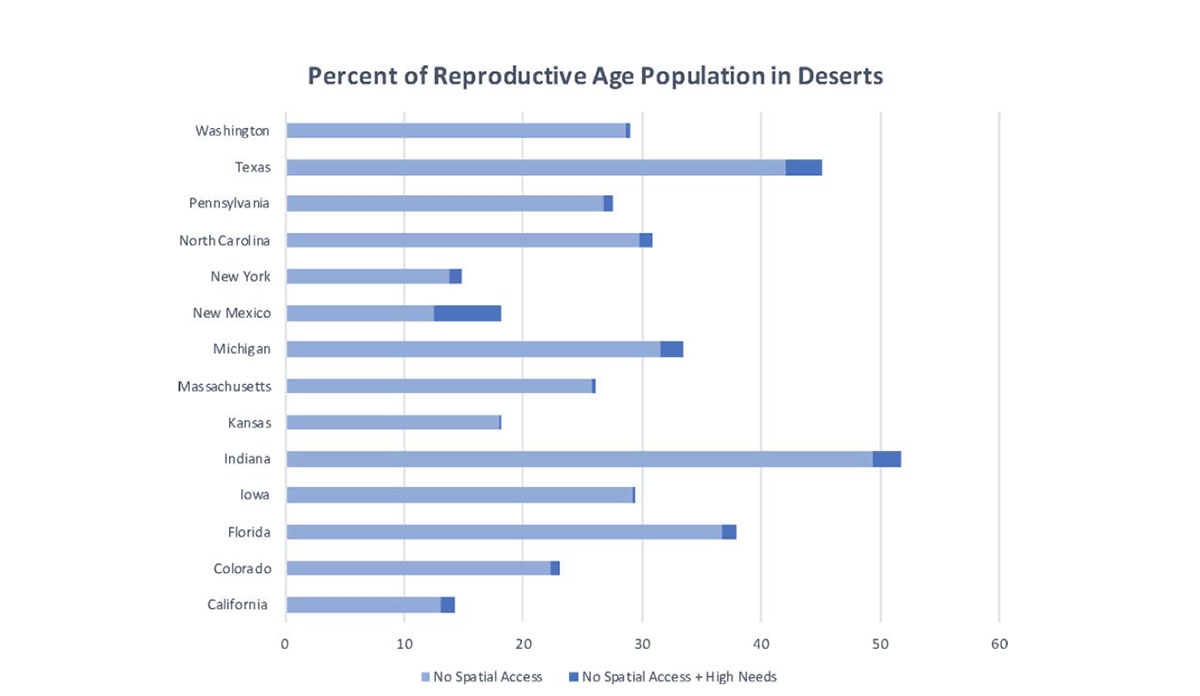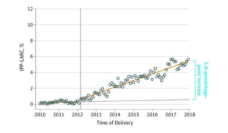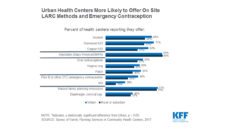Title X is the only federal program dedicated to supporting family planning and reproductive health care. Clinics funded with Title X grants are open to the public, regardless of insurance, age, gender, or citizenship. In addition to offering “approved” contraceptive methods (which excludes abortion), many clinics provide preventative services such as breast cancer screenings and HIV testing.
Title X grants are often awarded to states. State governments then determine which clinics will receive the funds. These decisions directly impact accessibility and can create contraception deserts – areas with low access to family planning services.
Kreitzer et al. studied contraception deserts in 14 states. Data on Title X clinic locations was taken from the July 2018 Office of Population Affairs’ Title X Family Planning Directory. The research team defined contraception deserts as census tracts without access to a Title X clinic. Access was determined by drive time (up to 60 minutes for rural areas), the number of nearby Title X clinics, and the number of available providers.
The bar graph displays the percentage of the total population age 15-44 living in contraception deserts in 14 states. The results ranged from 17% in California to more than 50% in Indiana. The darker blue color on each bar highlights those without access who also live below 150% of the federal poverty level. As shown in the graph, New Mexico has the greatest percentage of people living in contraception deserts who are also economically disadvantaged.
People of color are also overrepresented among those who lack access to family planning services. For example, in Colorado only 0.92% of the population is indigenous, but they represent 11.3% of those who live in contraception deserts.
States have the power to increase access to family planning services. While some states choose not to participate in the Title X program, others choose to supplement federal funds with state money. States awarded Title X grants have the information to equitably place Title X clinics in areas where family planning services are needed the most; but will they?
Databyte via Kreitzer RJ, Smith CW, Kane KA, Saunders TM. Affordable but Inaccessible? Contraception Deserts in the US States. J Health Polit Policy Law. 2021 Apr 1;46(2):277-304. doi: 10.1215/03616878-8802186. PMID: 32955562.














